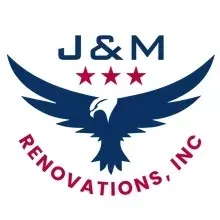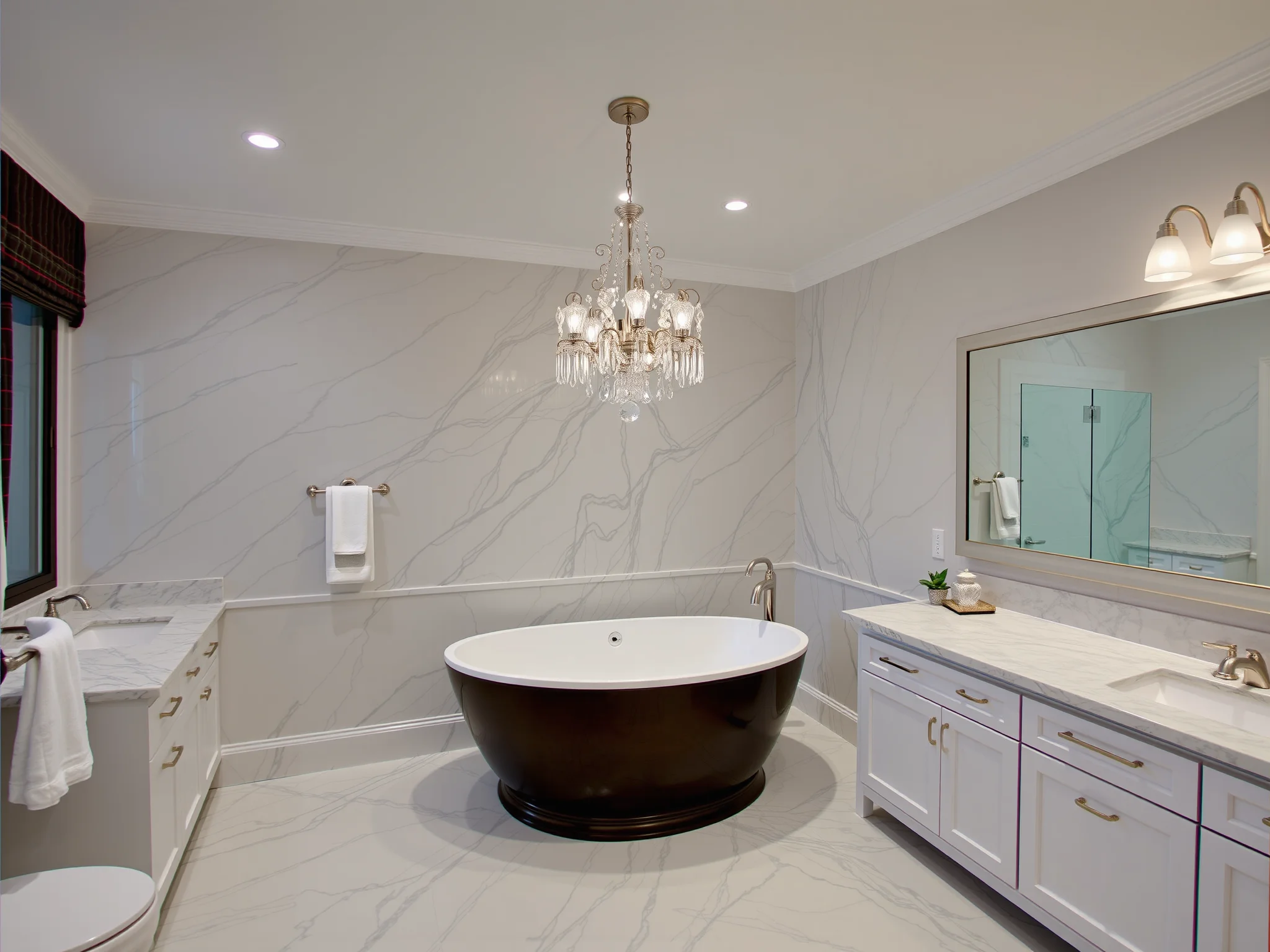
How to Waterproof a Bathroom: Essential Tips and Tricks
Unlocking the Secrets: How to Waterproof a Bathroom for Lasting Protection and Style
Waterproofing your bathroom isn’t just about preventing leaks; it’s about establishing a resilient barrier that preserves your space’s integrity, enhances aesthetic appeal, and minimizes costly repairs in the future. In an era where homeownership and aesthetic sophistication go hand-in-hand, understanding how to waterproof a bathroom becomes essential for homeowners, renovators, and DIY enthusiasts alike. This comprehensive guide will reveal expert strategies, common pitfalls, and actionable insights designed to keep your bathroom both protected and stylish for years to come.
What Makes Waterproofing in the Bathroom So Crucial?
Bathrooms are inherently exposed to moisture, humidity, and water splashes. Without proper waterproofing, these elements can lead to mold growth, wood rot, and structural damage, significantly reducing your home’s value and safety. Think of waterproofing as the unseen armor shielding your investment from the persistent threats of water infiltration. Effective waterproofing not only safeguards your walls and floors but also enhances the durability of fixtures and finishes, ultimately leading to a more robust, aesthetically pleasing space.
What Are the Essential Components of Bathroom Waterproofing?
Mastering how to waterproof a bathroom involves understanding the critical components that form a comprehensive system:
- Water-resistant membranes and barriers: These are applied over substrates like concrete, drywall, or plywood to create a barrier against moisture.
- Sealants and caulks: Used around fixtures, joints, and corners to prevent water infiltration at vulnerable points.
- Proper slope and drainage: Ensuring the floor is slightly inclined toward drains prevents stagnant water and reduces seepage.
- Quality waterproofing coatings: Penetrating or surface-applied coatings form an additional protective layer on surfaces prone to moisture exposure.
How Do You Prepare a Bathroom Surface for Waterproofing?
Preparation is the blueprint for successful waterproofing. Follow these crucial steps:
- Clear the area: Remove all fixtures, cabinetry, and fittings that could obstruct access or compromise the waterproofing process.
- Inspect and repair: Check for cracks or existing water damage and repair them promptly to create a stable base.
- Clean thoroughly: Dust, grease, and debris can prevent waterproofing materials from adhering properly. Use a degreaser or primer if necessary.
- Ensure a dry surface: Moisture is the enemy of waterproofing layers, so dry all surfaces entirely before application.
What Are the Step-by-Step Techniques on How to Waterproof a Bathroom?
Yes, with a systematic approach, you can ensure comprehensive protection. Here are the essential steps:
- Apply a waterproof membrane for walls: Using a high-quality liquid or sheet membrane, start from the bottom and work upward, covering all tiled or painted walls, especially in wet areas like the shower or bathtub surround.
- Seal all joints and corners: Use flexible sealants at junctions, such as where the wall meets the floor, or around plumbing fixtures to eliminate vulnerable entry points for water.
- Waterproof the floors: Apply a flexible waterproof coating designed for bathroom floors, ensuring complete coverage, especially around drain areas.
- Install a waterproof backing board: Behind tiles or panels, this acts as an additional barrier against moisture migration.
How Important Is Proper Grading and Drainage in Waterproofing?
Proper grading ensures that water flows naturally toward drains rather than pooling or seeping into walls and floors. A subtle slope of approximately 1/4 inch per foot directs water efficiently, reducing the risk of leaks. Selecting the right drainage system consolidates this effort, preventing standing water that can compromise waterproofing layers and foster mold growth.
What Are Common Mistakes to Avoid When Waterproofing a Bathroom?
Recognizing these errors can save you time and money:
- Inadequate surface preparation leading to poor adhesion of waterproofing materials.
- Overlooking seams, joints, or penetration points without proper sealing.
- Using incompatible materials that may shrink, crack, or degrade over time.
- Failing to extend waterproof membranes beyond critical areas, leaving gaps vulnerable to water ingress.
- Ignoring professional advice on product application thickness and curing times.
Should I Consider Hiring a Professional for Bathroom Waterproofing?
While some homeowners attempt DIY waterproofing, the complexity and precision required often warrant professional expertise. Reputable bathroom contractors bring knowledge of the best materials, techniques, and code compliance to ensure your waterproofing stands the test of time. They also have the tools necessary to inspect and verify that all vulnerable points are properly sealed, minimizing future issues.
How Can I Incorporate Waterproofing into a Bathroom Remodel?
Modern waterproofing techniques can seamlessly blend with the overall design of your bathroom. From innovative tile backings to waterproof paint and stylish sealants, there are numerous options to protect your space without sacrificing style. When embarking on a remodel, referencing resources like bathroom remodeling services can guide you toward solutions that marry durability with aesthetic appeal.
What Are the Maintenance Tips to Keep Your Waterproof Bathroom in Top Condition?
Long-term preservation of your waterproofing system requires regular inspection and maintenance:
- Reapply sealants around fixtures if they show signs of age or cracking.
- Clean grout lines and tiles to prevent mold and mildew buildup that can compromise seals.
- Inspect for signs of water seepage or soft spots on the walls and floors.
- Address any plumbing leaks immediately to prevent water from breaching your waterproof barrier.
Is Waterproofing an Ongoing Process or a One-Time Fix?
While a professionally installed waterproof system can last many years, ongoing vigilance is critical. Monitoring for early signs of wear, regular upkeep, and timely repairs ensure your bathroom remains protected and maintains its style integrity. Thinking of waterproofing as a dynamic, ongoing process rather than a one-time task ensures longevity and peace of mind.
How to Find the Right Waterproofing Products for Your Bathroom?
Selecting the right products hinges on several factors:
- Compatibility with existing surfaces and materials.
- Durability and flexibility to accommodate movement and temperature changes.
- Waterproofing certification and adherence to building standards.
- Ease of application, especially if you’re considering DIY options.
What Are the Regulating Standards and Codes for Bathroom Waterproofing?
Yes, adhering to local building codes and standards ensures your waterproofing is compliant and reliable. Consulting professionals familiar with regulations can streamline the process and give you confidence in your waterproofing system’s efficacy.
1. How long does waterproofing last in a bathroom?
With proper maintenance and high-quality materials, waterproofing can last 10-15 years or more, but individual conditions may vary.
2. Can I waterproof a bathroom myself, or should I hire a professional?
While DIY options exist, hiring experienced contractors often guarantees better results, especially for complex projects or existing water damage concerns.
3. What are the signs that my bathroom’s waterproofing needs attention?
Look for water stains, mold growth, soft or bubbling walls, and persistent musty odors, which may indicate leaks or compromised barriers.
4. How do I fix a leaky shower or tub to prevent water damage?
Promptly address leaks by resealing joints, replacing worn waterproof membranes, or consulting specialists to ensure comprehensive repairs and waterproofing restoration.
Conclusion
Understanding how to waterproof a bathroom is fundamental to creating a resilient, stylish, and safe space. From meticulous surface preparation to choosing the right materials and professional installation, each step plays a vital role in safeguarding your home’s most vulnerable areas. Remember, waterproofing isn’t just a technical task—it's an investment in your peace of mind and your property’s future.
Interested in seamless integration of waterproofing with your bathroom renovation project? Check out our comprehensive tips before starting your renovation and explore how expert guidance can elevate your space—combining durability with elegant design.











